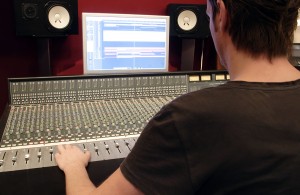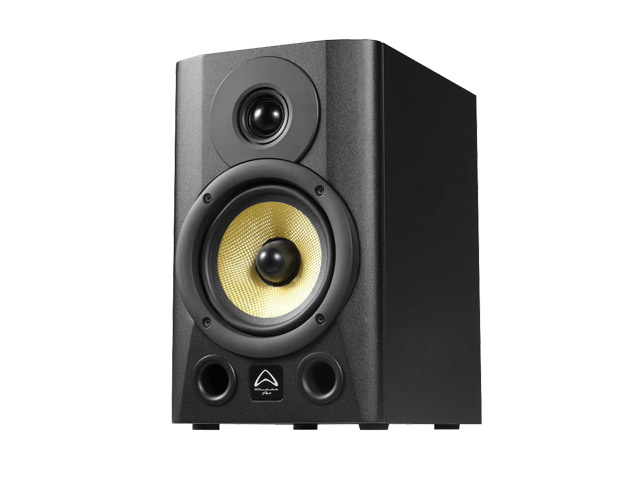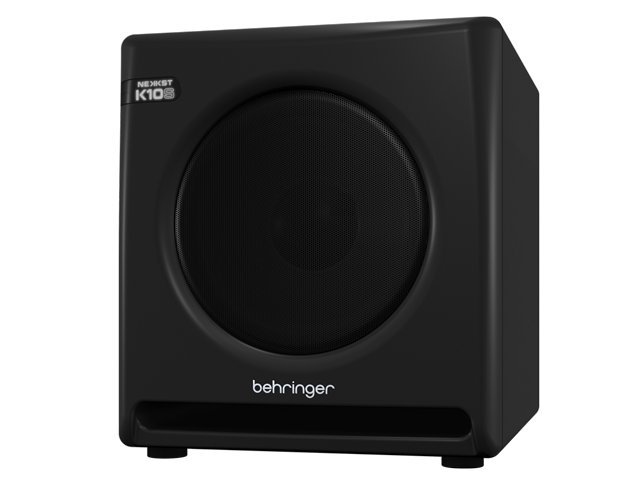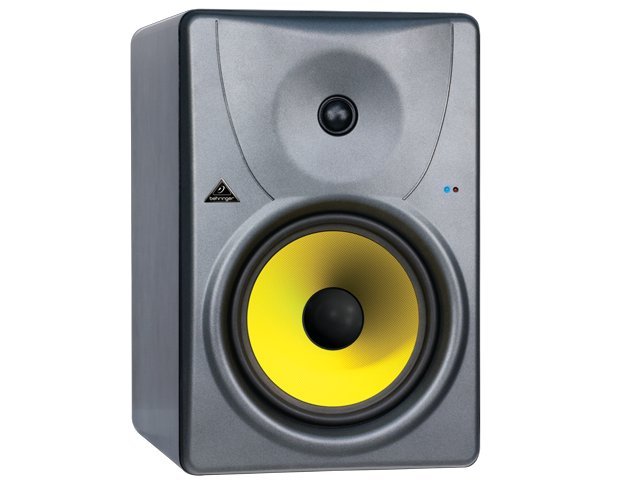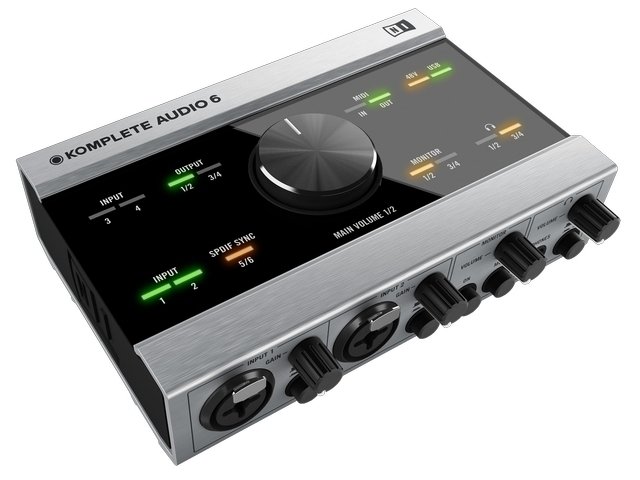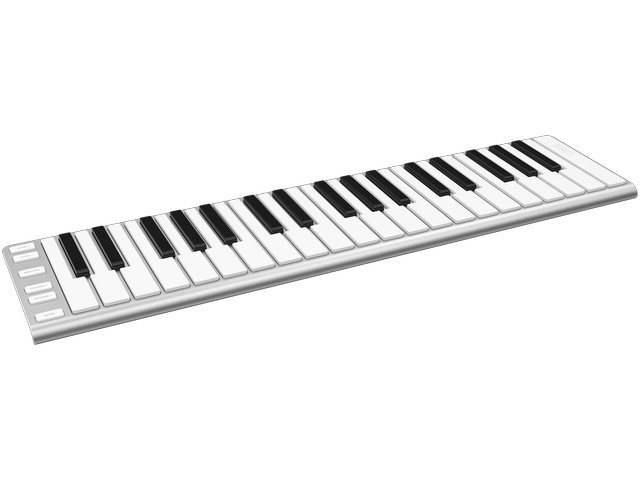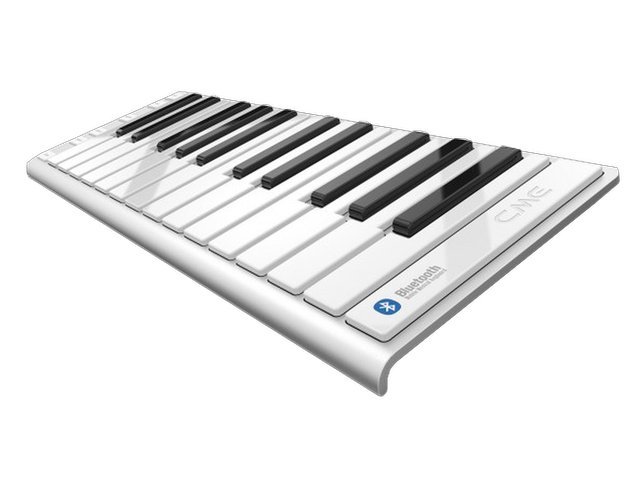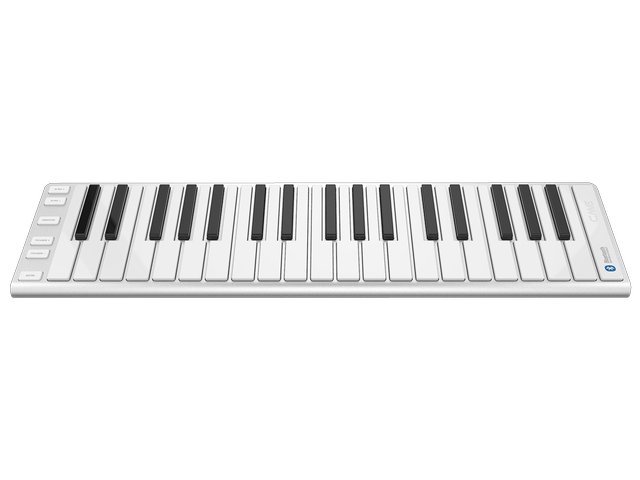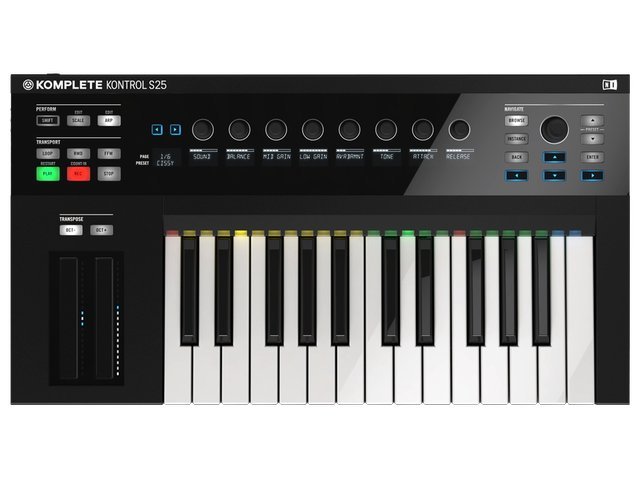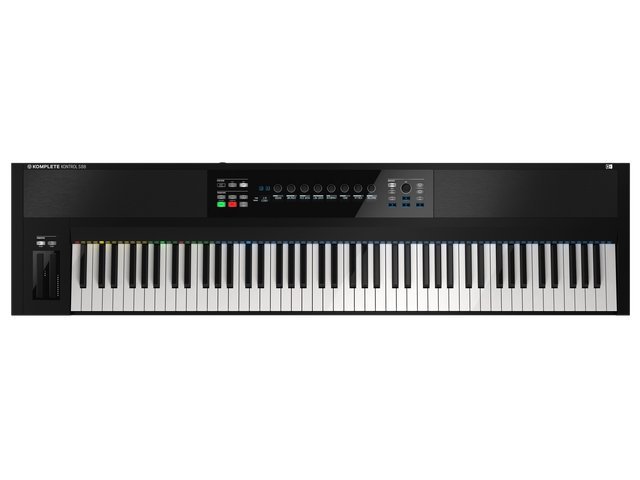Why Mix At Lower Volumes?
To quote mixing and recording guru, David Pensado: “if you can make it exciting at a low level, it’ll sound exciting at any level”. It’s all too easy to crank the volume up and produce and monitor at loud volumes. It’s fun, and it grants us an instant level of excitement. But does it help us achieve better mixdowns? Unfortunately, the answer is a resounding ‘no’.
Mixing at really loud volumes comes with a whole load of negatives that can affect the quality of your final product. In this article, we shed light on why so many of the greats swear by low-level monitoring.
Better Mixdowns
It’s important to understand a little biology about how the ear works. Without going into too much detail, there are little bones and muscles in your ears that react differently when exposed to soft or loud sounds.
Quite remarkably, when your ears are blasted with loud music – their defence mechanisms kick in, resulting in a compression/limiting style effect. The muscles in the eardrum tighten, creating an almost ‘squashed’ effect on what you hear. Of course, this is an inaccurate depiction of what the music sounds like naturally, and will cause you to make dire mixing errors.
The worst part?
You probably won’t even realise you’re making these errors until the next day.
Don’t believe your own lies! Monitoring at loud volumes is a really quick way to trick your brain into thinking your mix is better than it actually is.
Reduce Room Issues
With rising rental prices, inflation and global financial crisis issues running amuck, few of us ever get the opportunity to build our own soundproofed studio outside of our own bedroom/garage.
High impedance sounds reflect harder against the surfaces of your room, and heighten the acoustical imbalances of your studio. So unless you’ve invested heaps into acoustical treatment, this can cause you all sorts of mix issues.
If you suffer from poor room acoustics, consider mixing at a low volume to reduce the amount of room ‘colouration’ you hear, so you can mix more objectively.
![]()
Minimise Fatigue and Damage
This bit isn’t rocket science. Exposing your ears to loud sounds can very quickly fatigue, or worse – damage your ears! Mixing at lower levels will prevent this from happening, and allow you to keep mixing accurately for longer.
Never forget that the most sacred piece of audio gear in your studio will always be your very own pair of ears, so treat them well!
Related Products
-
$449.00
-
$399.00
-
$729.00
-
$489.00
-
$549.00
-
$649.00
-
$1,199.00
-
$329.00
-
$349.00
-
$349.00
-
$519.00
-
$599.00
-
$1,599.00
-
$49.00

























